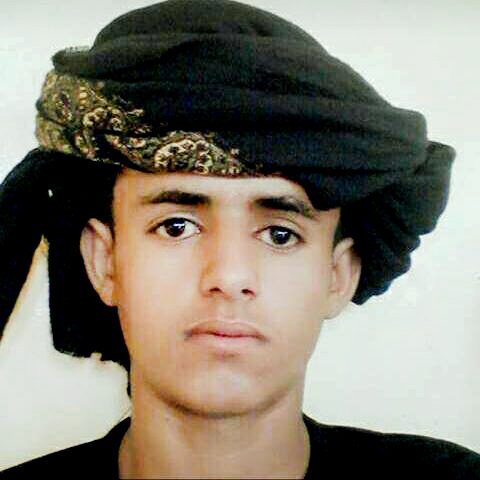Incident Code
Incident Date
Location
Geolocation
Geolocation
Airwars Assessment
(Previous Incident Code: YEMT161-C)
A civilian, who most sources reported to be a 17-year old child, was reportedly killed by a US drone strike in Wadi Khora area in Shabwa, before sunset on May 25th 2018. In a later press release, US Central Command stated that a strike had been conducted on that day, citing three possible provinces. Since there were no other known reports in Yemen of a US strike on this date, this incident is treated as declared.
A single source, @aynalarab1, claimed that two al Qaeda militants had died in the attack.
Local language sources including Wata News, Yemeni News, and The Yemen, reported that Mahdar Hussein al-Hag was killed while driving his motorcycle at the top of the Khora valley. Mahdar’s father told Associated Press that he was a 17-year old high school student, on the way home from buying vegetables. “He might have been mistaken for al-Qaida youth who are active in this area,” his father said. The local-language news outlets mentioned above instead reported that Mahdar was 19 years-old.
This was the second reported US strike in Khora during May; the first (USYEMTr166-C) reportedly killed at least two men, allegedly AQAP militants, while they drove through the area.
CENTCOM publicly reported the following in late August 2018: “U.S. Central Command has conducted six counterterrorism air strikes targeting al-Qaeda in the Arabian Peninsula terrorist network in Yemen in three separate governorates since May 16, bringing the total number of air strikes to 34. These include air strikes May 25, two airstrikes June 23 and 30, two airstrikes July 22 and 24, and one Aug. 14. These air strikes took place in Shabwah, Hadramawt and Al-Bayda governorates.”
The strike was not however included in a CENTCOM release of US actions to the Long War Journal in summer 2018.
In its annual civilian casualty report to Congress issued in April 2019, the US Department of Defense stated that it had assessed “no credible reports of civilian casualties resulting from US military actions in Yemen during 2018″.
Responding to Airwars’ publication of its Yemen dataset and accompanying report in October 2020, CENTCOM dismissed all but two civilian harm claims under President Trump, asserting that “USCENTCOM conducted a thorough review of the information AirWars provided regarding allegations of potential civilian harm caused by USCENTCOM strikes in Yemen from 2017-2020… The bulk of the information asserted by AirWars, however, did not correspond with dates and locations of U.S. military strikes or raids in Yemen. Other AirWars allegations either did not allege civilian harm or were not assessed as credible upon our review.”
In its March 2021 report Death from the Sky, Mwatana also identified Mohdar Hussein Mohammed El Hajj as the 17 year old victim of the strike – insisting he was a civilian. “Mohdar had recently finished the 10th grade, and was set to go the 11th grade. An area resident and Mohdar’s cousin described him as a “diligent and passionate student.” Mohdar’s daily routine included going to school every day in the morning, coming home at noon and helping his father at a nearby farm or doing other chores until about 4 p.m. He would then go play football, and come home around 6 p.m. A few months before the strike, Mohdar had bought a motorcycle. When not in school, he had been making money transporting food and other goods to people in the village, as well as to a few other nearby areas.”
The report noted the psychological impact on surviving relatives: “Family members said that Mohdar’s death had a significant impact on the family. Mohdar had four younger siblings: one sister, who was about seven years old, and three brothers who were nine, 11 and 12 years old. He was the oldest son, and had been helping the family do chores, including helping on the farm. His work transporting goods on his motorcycle had also provided financial help to his family. Family members said that his grandmother was the first to see Mohdar’s body when it was brought home, and that she fainted. His relationship with his grandmother had been very strong.”
Key Information
Geolocation Notes
Reports of the incident mention a vehicle being struck in the Wadi Khora (وادي الخورة) area within the Merkhat (مرخة) districts of Shabwa (شبوة) governorate. It is unclear whether this refers to an area or a settlement, however we have located the Wadi within the district with undefined boundaries. Due to limited satellite imagery and information available to Airwars, we were unable to verify the location further. The generic coordinates for Wadi Khora are: 14.61063, 46.21792.

Reports of the incident mention a vehicle being struck in the Wadi Khora (وادي الخورة) area within the Merkhat (مرخة) districts of Shabwa (شبوة) governorate. It is unclear whether this refers to an area or a settlement, however we have located the Wadi within the district with undefined boundaries.
Imagery: Google Earth

